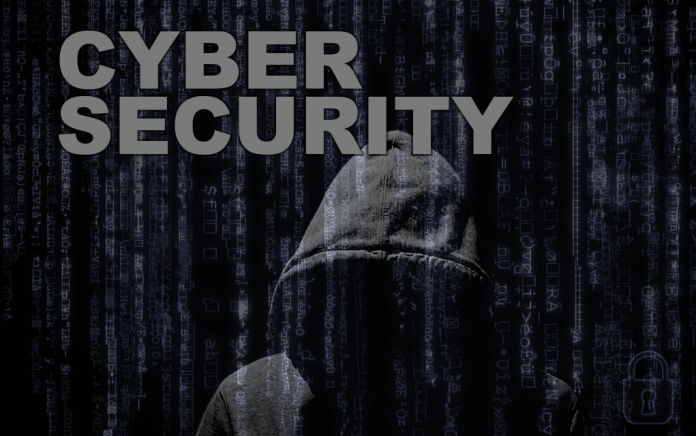Password management refers to the processes and technologies used to create, store, and protect passwords. Effective password management is crucial for maintaining the security of personal and sensitive information, as well as for reducing the risk of cybercrime. A strong password policy can help ensure that users create secure passwords that are difficult to guess or crack. In contrast, centralized password management systems can simplify password management and protect passwords from theft or loss. Multifactor authentication and regular security awareness training can also improve password security by adding extra layers of protection and educating users on best practices. However, password management is an ongoing process that requires constant monitoring, updating, and improvement to stay ahead of evolving threats.
There are several reasons why people should be concerned about their passwords:
- Data Breaches: Passwords are often the first line of defense against unauthorized access to personal and sensitive information. If a password is compromised in a data breach, it can lead to identity theft, financial fraud, and other types of cybercrime.
- Phishing Scams: Phishing scams are attacks that attempt to steal sensitive information, such as passwords, by posing as a trusted source. If a user falls for a phishing scam and reveals their password, the attacker can use it to access sensitive information or impersonate the user.
- Brute Force Attacks: Brute force attacks are automated attacks that try to guess a password by trying millions of different combinations. Strong passwords can make it much more difficult for attackers to successfully carry out a brute force attack.
- Malware: Malware is software that is designed to cause harm to a computer system. Some types of malware can steal passwords, record keystrokes, or take screenshots, which can then be used to access sensitive information.
- Insider Threats: Insider threats refer to individuals who have legitimate access to an organization’s systems and information but use that access for malicious purposes. Passwords can be stolen or shared by malicious insiders, putting sensitive information at risk.
Here are ways IT admins can assist
- Implement Strong Password Policies: Encourage users to create strong, complex passwords that are difficult to guess or crack. You can enforce password length, complexity, and expiration rules to ensure that passwords are secure.
- Use Multifactor Authentication (MFA): Multifactor authentication adds an extra layer of security to your passwords by requiring a second factor such as a fingerprint, token, or mobile device to access accounts. This makes it more difficult for attackers to gain access to sensitive information even if they have a user’s password.
- Centralize Password Management: Centralized password management systems can help simplify password management and reduce the risk of password-related security incidents. These systems can store, manage, and protect passwords, and enable IT administrators to reset passwords, manage user access, and enforce password policies.
- Regularly Monitor User Activity: IT administrators should regularly monitor user activity to detect any suspicious activity or unauthorized access attempts. This can include monitoring login attempts, password reset requests, and access to sensitive information.
- Provide Regular Security Awareness Training: IT administrators should provide regular security awareness training to users to help them understand the importance of strong passwords and good password habits. This can include training on password best practices, how to detect phishing scams, and how to identify and report suspicious activity.
In conclusion, managing your passwords is a critical aspect of maintaining the security of your personal and sensitive information. By implementing strong password policies, using multifactor authentication, centralizing password management, regularly monitoring user activity, and providing regular security awareness training, you can reduce the risk of cybercrime, such as identity theft, financial fraud, and unauthorized access to sensitive information. Additionally, regularly changing your passwords and using different passwords for different accounts can further enhance your security. Password management may seem like a minor detail, but it is essential in protecting your digital assets and preserving your privacy in an increasingly connected world.




